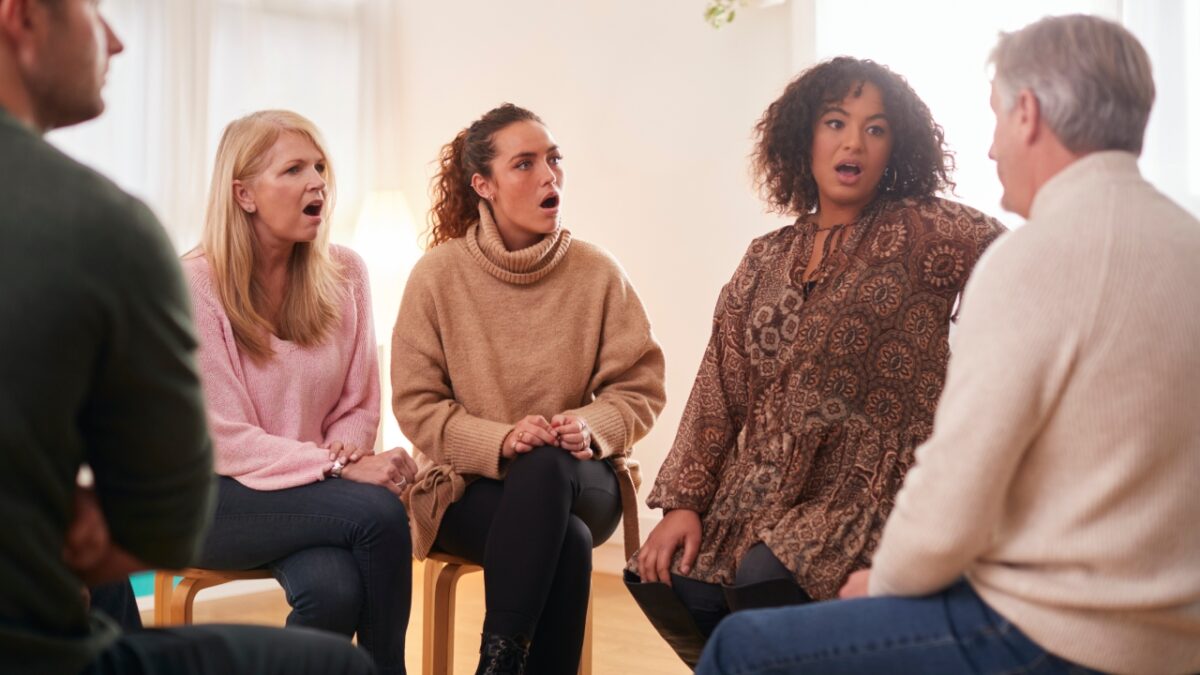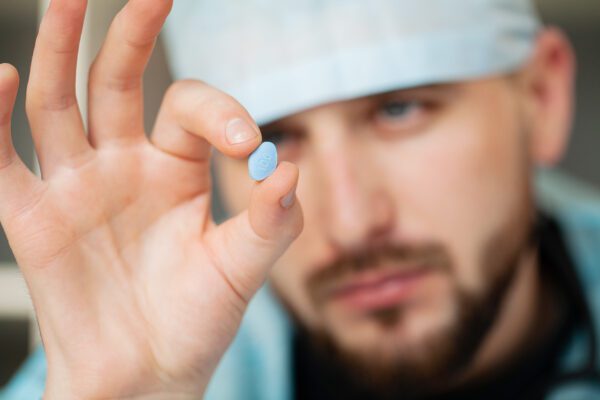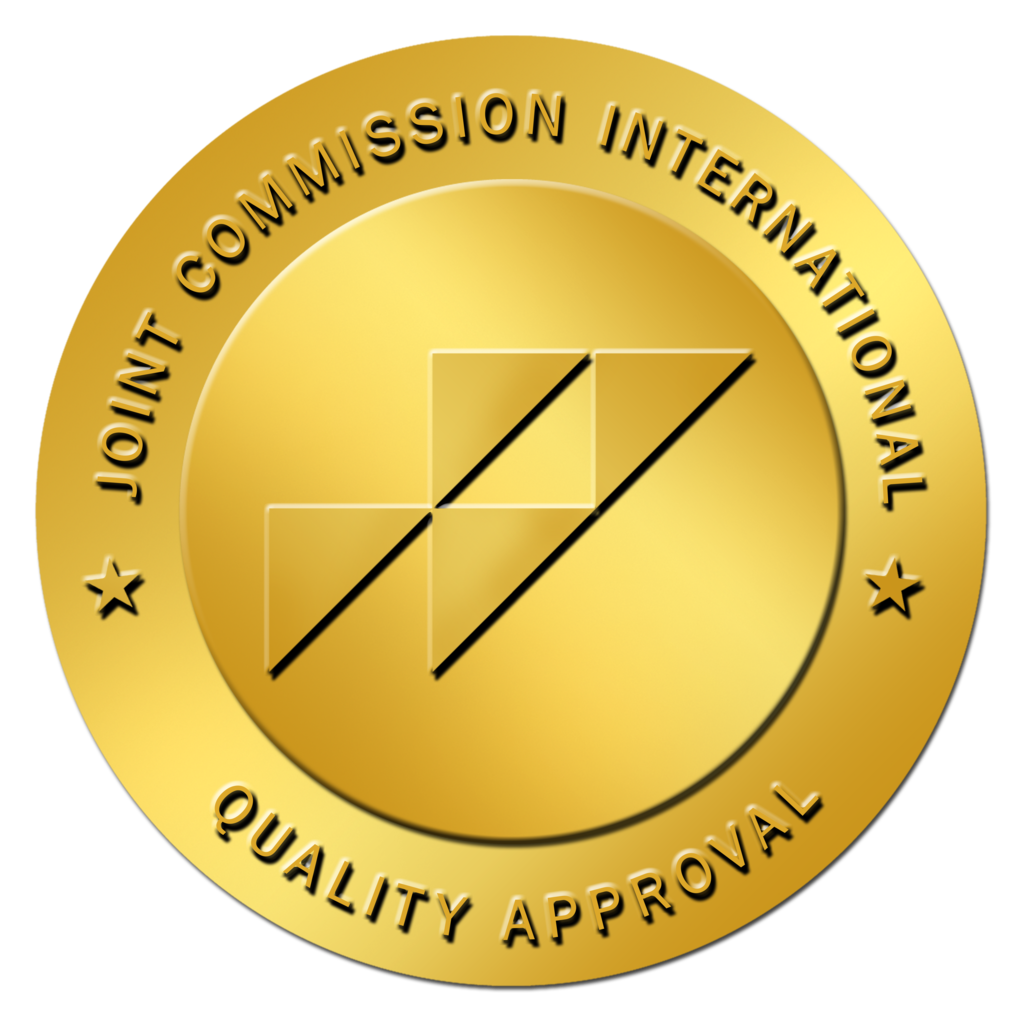The Power of Expressive Therapy
Understanding Expressive Therapy
Expressive therapy, also known as expressive arts therapy, art therapy, creative arts therapy, or experiential therapy, began in the 1940s when psychologists recognized that patients’ drawings often revealed more about their thoughts and feelings than verbal communication could convey (WebMD). This therapeutic approach empowers individuals to express themselves through various nonverbal mediums, including art, music, and movement. By engaging in creative activities, clients can restore a sense of self and wholeness, making it particularly beneficial for those facing challenging health issues like cancer, stroke, disabilities, or chronic illnesses.
Importance of Expressive Therapy
Expressive therapy serves both children and adults dealing with various mental health conditions. It offers diverse activities such as music, art, dance, and drama, allowing individuals to process feelings and memories that are difficult to articulate verbally (WebMD). For example, art therapy can effectively reduce stress and anxiety, stimulate cognitive abilities, aid pain management, improve self-esteem and self-awareness, and promote emotional expression. Consequently, it has become a powerful tool for people of all ages and backgrounds (Husson University).
We regard expressive arts therapy as a multimodal approach combining various expressive arts, such as movement, writing, and music. This integration fosters deep personal growth and community development, enabling individuals to better understand their emotions, thoughts, memories, and experiences (Verywell Mind). Music therapy, where patients engage in playing, singing, listening, or moving to music, has been shown to alleviate anxiety and elevate mood. Art therapy—through painting, drawing, sculpting, and other creative forms—can assist individuals in processing and expressing significant emotions, highlighting its positive effects, particularly for women with cancer (WebMD).
Choosing expressive therapy as a part of our treatment programs can profoundly affect individuals struggling with addiction and mental health challenges. Integrating these therapeutic modalities into recovery plans may enhance outcomes and contribute to lasting change.
Different Modalities of Expressive Therapy
Expressive therapy encompasses various modalities that utilize creative outlets to promote healing. Each type has unique benefits that can aid individuals in their recovery from addiction or emotional distress. Here, we examine the advantages of music therapy, art therapy, and dance therapy.
Music Therapy Benefits
Music therapy is a therapeutic approach where patients engage with music through playing instruments, singing, listening, or movement. Research has shown that music therapy effectively eases anxiety and improves mood.
| Benefits of Music Therapy |
|---|
| Eases anxiety |
| Improves mood |
| Enhances emotional expression |
This form of therapy fosters emotional release, allowing individuals to connect with their feelings and experiences. For more about how music can play a role in treatment, consider exploring our resources on mindfulness for addiction.
Art Therapy Effects
Art therapy involves creative processes such as painting, drawing, and sculpting to help individuals express and process heavy emotions. This modality is particularly beneficial for managing stress, anxiety, and emotional challenges.
| Effects of Art Therapy |
|---|
| Reduces stress and anxiety |
| Stimulates cognitive abilities |
| Enhances self-esteem and self-awareness |
| Encourages emotional expression |
Studies indicate that it can even assist in pain management for those dealing with chronic conditions, allowing for creative exploration of feelings (Husson University). This means art therapy serves as a powerful tool for individuals from all walks of life. For outpatient options, check our article on art therapy outpatient.
Dance Therapy Impact
Dance therapy incorporates various types of dance to promote physical and emotional healing. This expressive modality has been shown to reduce stress and anxiety levels, while also enhancing physical health. Studies suggest that dance therapy can significantly improve the mobility of breast cancer survivors, demonstrating its physical benefits as well.
| Impact of Dance Therapy |
|---|
| Reduces stress and anxiety |
| Enhances physical health |
| Improves mobility |
Dance therapy offers a dynamic approach to emotional expression and bodily awareness, making it an effective option for those seeking holistic recovery methods. For more information on integrated therapeutic practices, explore our articles on yoga therapy outpatient and substance abuse counseling.
By incorporating these modalities into treatment, individuals can experience a multifaceted approach to their recovery journey.
Expressive Therapy in Mental Health
Role of Expressive Therapy
Expressive therapy serves a critical function in mental health treatment by allowing individuals to process emotions and experiences that they may find difficult to articulate verbally. This therapeutic approach utilizes various creative modalities including music, art, dance, and drama, enabling people to explore their feelings in a non-threatening environment. According to WebMD, both children and adults can benefit from expressive therapy, which can address a wide range of mental health conditions.
By engaging in these activities, clients can express their feelings and memories without the pressure of verbalization. This is especially valuable for those who have experienced trauma, as it provides a safer method of exploration. The immersive nature of expressive therapy helps create a sanctuary for healing, fostering personal growth and self-discovery.
Effectiveness in Mental Health Treatment
The effectiveness of expressive therapy in mental health treatment has been backed by various studies. Creative therapies, such as art and music therapy, have demonstrated positive outcomes for individuals dealing with conditions such as PTSD, anxiety, depression, and trauma recovery. Research indicates that these modalities can significantly reduce symptoms and improve quality of life (Lesley University). A summary of the benefits includes:
| Condition | Benefits of Expressive Therapy |
|---|---|
| PTSD | Reduces symptoms and improves coping strategies |
| Depression | Enhances mood and emotional regulation |
| Anxiety | Lowers stress levels and increases relaxation |
| Trauma | Aids in processing and integrating traumatic experiences |
Individuals who participate in expressive therapy have reported improved self-esteem, emotional expression, and cognitive abilities. Art therapy, for example, is known to stimulate cognitive functions while providing a means for stress reduction and pain management (Husson University).
To explore more about different therapeutic techniques, check out our articles on cognitive behavioral therapy, dialectical behavior therapy, and mindfulness-based therapy. Emphasizing a holistic treatment plan that includes expressive therapy can lead to significant improvements for those on the road to recovery.
Expressive Therapy Techniques
In our journey towards optimal recovery, utilizing expressive therapy techniques can greatly enhance our healing process. Two commonly used modalities are drama therapy and art therapy, both of which offer unique benefits in addressing a range of issues related to mental health and addiction.
Drama Therapy Methods
Drama therapy employs various techniques such as role-playing, voice work, storytelling, and movement to facilitate mental health and personal growth. This expressive format allows individuals to explore their experiences in a safe environment. Research indicates that drama therapy can be particularly beneficial for those dealing with general stress, depression, schizophrenia, major depressive disorder, or bipolar disorder (WebMD).
Common methods include:
| Method | Description |
|---|---|
| Role-Playing | Participants act out scenarios to process emotions and experiences. |
| Storytelling | Sharing personal narratives helps individuals articulate their feelings. |
| Movement | Physical expression can lead to greater emotional release and understanding. |
| Voice Work | Using vocal techniques to enhance expression and communication. |
Drama therapy’s interactive nature fosters a deeper connection to one’s feelings and can encourage insights that are difficult to access through traditional talk therapy.
Art Therapy Approaches
Art therapy offers a dynamic framework for emotional expression, engaging the mind, body, and spirit. It provides alternative ways to communicate through kinesthetic, sensory, perceptual, and symbolic opportunities. This modality can reduce stress and anxiety, stimulate cognitive abilities, assist with pain management, and improve self-esteem and self-awareness.
Typical activities in art therapy include:
| Activity | Therapeutic Benefit |
|---|---|
| Weaving | Encourages focus and fine motor skills while fostering creativity. |
| Collage | Promotes self-expression and narrative-building through visual storytelling. |
| Clay Modeling | Aids in emotional processing and stress relief through tactile engagement. |
| Drawing | Enhances emotional expression and clarity in feelings. |
| Painting | Provides a medium for expressing complex emotions and personal experiences. |
Art therapy has demonstrated effectiveness in improving cognitive and sensorimotor functions as well as enhancing social skills and emotional resilience (Art Therapy.org). When incorporated into our treatment, these activities can greatly support our journey towards recovery.
By embracing these expressive therapy techniques, we can discover new paths toward healing that resonate deeply within us. Additionally, considering this alongside other therapeutic options, such as cognitive behavioral therapy and mindfulness-based therapy, can create a comprehensive treatment plan tailored to our needs.
Healing Through Expressive Arts
The Healing Potential of Expressive Arts
Expressive therapy utilizes creative outlets such as art, music, and movement to promote healing and emotional well-being. This therapeutic approach allows individuals to explore their feelings and experiences in a non-verbal manner. Research indicates that engaging in art therapy can be particularly beneficial for those who struggle to articulate their emotions verbally. By fostering a safe space for self-expression, expressive arts can become a powerful coping mechanism for navigating addiction and other mental health challenges.
Art therapy, for example, has been observed to reduce stress and anxiety while stimulating cognitive abilities. It encourages emotional expression and aids in pain management, making it a versatile tool for individuals across various backgrounds (Husson University). Furthermore, participants often experience improved self-esteem and self-awareness by reflecting on their artworks, resulting in a deeper understanding of their feelings and narratives.
| Benefits of Art Therapy | Description |
|---|---|
| Reduces stress and anxiety | Engaging in creative activities helps lower cortisol levels, promoting relaxation. |
| Stimulates cognitive abilities | Enhances critical thinking and problem-solving skills through creative expression. |
| Aids in pain management | Allows individuals to explore and express their feelings about past trauma or chronic pain. |
| Improves self-esteem | Increases feelings of pride and achievement as individuals create and reflect on their art. |
Benefits of Multimodal Therapy
Multimodal therapy refers to integrating various therapeutic approaches, including different modalities of expressive therapy, to create a comprehensive treatment plan. This method acknowledges that individuals have unique needs and may benefit from a combination of techniques tailored to their personal experiences. The incorporation of music, dance, and art therapy, alongside traditional therapies like cognitive behavioral therapy or dialectical behavior therapy, allows us to address multiple aspects of addiction recovery.
The flexibility of multimodal therapy enables us to target specific emotional, psychological, and behavioral issues, enhancing the overall effectiveness of the treatment. Studies have shown that participants engaged in diverse therapeutic activities experience greater improvements in mental health and emotional regulation. Additionally, this holistic approach can provide individuals with a richer, more engaging recovery experience, leading to increased motivation and commitment to their treatment journey.
Incorporating expressive therapy into our treatment framework at Totality Treatment can significantly enhance the recovery process. We focus on providing a diverse range of therapeutic modalities, including art therapy outpatient and yoga therapy outpatient, ensuring that everyone finds a pathway to healing that resonates with them. Through these integrative techniques, we help foster a supportive environment where individuals can thrive and work towards overcoming their addiction.
Incorporating Expressive Therapy
Integrating expressive therapy into addiction treatment can provide innovative ways for individuals to connect with their emotions and experiences. At Totality Treatment, we are committed to offering therapeutic options that cater to a wide range of needs while fostering personal growth and healing.
Integrating Expressive Therapy
We believe that incorporating expressive therapy techniques allows us to enhance traditional treatment modalities. By integrating creative therapies like art, music, and dance into our programs, we can offer clients opportunities for self-exploration and emotional release. Expressive therapy serves as an adjunct to established therapies like cognitive behavioral therapy and dialectical behavior therapy, enriching the therapeutic experience.
The combination of expressive arts with conventional practices can produce higher engagement levels in clients, leading to improved outcomes. For example, art therapy can help individuals articulate emotions they struggle to express verbally. Studies indicate that art therapy can improve cognitive functions, build self-esteem, and promote emotional resilience (Art Therapy.org).
| Benefits of Integrating Expressive Therapy |
|---|
| Improved emotional awareness |
| Increased self-esteem and self-awareness |
| Enhanced social skills |
| Reduced anxiety and distress |
| Opportunity for conflict resolution |
| Promotion of societal change |
Personalized Therapeutic Approaches
At Totality Treatment, we understand that each individual’s recovery journey is unique. Therefore, we adopt personalized therapeutic approaches that encompass a range of expressive therapies tailored to each client’s needs. We utilize options such as art therapy outpatient, yoga therapy outpatient, and group therapy addiction to create customized treatment experiences.
Through our assessment process, we identify the most effective creative strategies for our clients. By focusing on the specific challenges and strengths of each individual, our therapists can create a multifaceted treatment plan that encourages healing and growth. This personalized approach not only increases engagement but also significantly enhances the therapeutic process.
Moreover, integrating expressive therapy practices can provide lasting coping mechanisms, helping clients manage emotions and challenges long after their treatment concludes. Whether through individual therapy or group settings, the aim is to provide a supportive environment where clients can flourish.
By blending traditional therapy with expressive arts, we empower those in recovery to discover their voice, process their experiences, and build a foundation for a healthier and fulfilling future.















